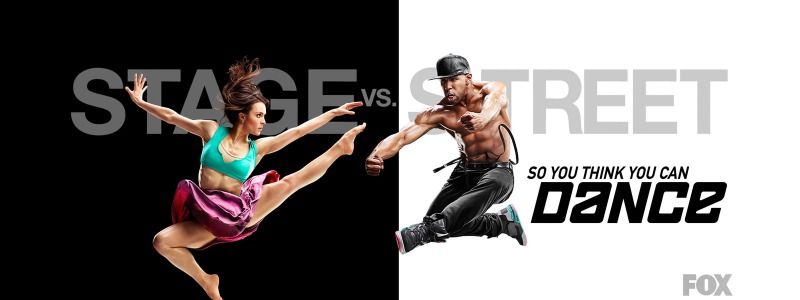
This Week’s Insights: The fallacy of thinking you can measure arts in ways you can’t… Big Data on consumers is changing the way music is being produced… Video games are changing the ways we think and behave… How a TV dance show changed the audience for dance… Some people in your audience just don’t “want” to participate.
- Is Measuring Arts Impact More A Political Exercise Than A Practical One? A new academic paper observes that while measuring consumer behavior has become something of an essential science, trying to measure arts impact and/or engagement might be something else. The paper states that using indicators and benchmarks to assess cultural activities, “which exhibit no obvious capacity for scalar measurement”, is a “political act”. The “ostensible neutrality” of this approach is, they say, “a trick of the light trying to launder responsibility for judgment in the competition for scarce resources.”
- But Here’s How You Can Measure Music Consumers: Best-seller charts have always ruled the music industry. But charting sales is too crude. New metrics show what songs people are playing now, how often they listen, and when they stop. Big data collected over millions, even billions of plays, gives recording execs more insight into what their target audiences actually do (as opposed to what they “say” they do. That’s informing not just what songs get produced and released, but now the structure and kinds of ways pop songs get made.
- How Video Games Are Being Created To Change How People Think And Behave: Games have long ago transcended shoot-em-ups. Gaming has pervaded every aspect of how we interact with the world, teaching companies and educators and politicians how people think and can be motivated. Says Lindsay Grace: “In American University’s Game Lab and Studio, which I direct, we’re creating a wide range of persuasive games to test various strategies of persuasion and to gauge players’ responses. We have developed games to highlight the problems with using delivery drones, encourage cultural understanding and assess understanding of mathematics. And we’re expanding the realm beyond education and health.”
- How “So You Think You Can Dance” Changed The Audience For Dance In America: “For the generation who grew up watching the show, it proved that dance has a place on television. … It’s undeniable that dance today is part of pop culture in a way that it wasn’t a decade and a half ago. This increased exposure hasn’t necessarily translated into more ticket sales for live performances, but it has presented an alternative way of experiencing the art form. … [Yet the show’s] biggest impact was setting the standard for dance on the internet with its ‘snackable, and eminently shareable’ dance clips.”
- The People Who Just Don’t Want To Participate: Why do we take it as a given that people in an audience want to participate in the experience? Okay, just by the nature of being there they’re already “participating”. But for many people, being asked to do something as part of a group is a negative. Basically, the fear is the same as that of public speaking – except, as Christine Ro explains, that one of the best tools for combating the fear of public speaking isn’t available for audience participation.
Leave a Reply